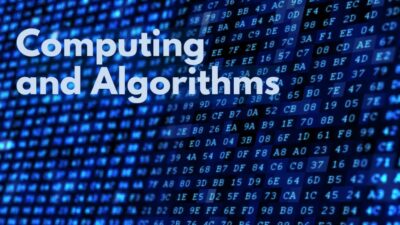The article traces the history of mathematics and statistics at NIST, beginning with the Math Tables Project of the New Deal’s Works Projects Administration in the 1930s. This project employed people to create mathematical tables for hand computation. In 1947, NBS established its National Applied Mathematics Lab, marking the first mathematical and statistical unit within the organization. Over the years, NIST mathematicians have made significant contributions to various fields, including numerical analysis, image processing, combinatorial optimization, polyhedral combinatorics, computational complexity theory, and quantum information theory. The Handbook of Mathematical Functions, originally conceived as a compendium of mathematical tables, became one of NIST’s most widely distributed publications. In 2010, NIST released the Digital Library of Mathematical Functions, an online successor to the classic Abramowitz and Stegun Handbook.
Source: https://www.nist.gov/mathematics-statistics/mathematics-and-statistics-nist-timeline
Keywords: Quantum, Information, Theory, Devices, Complexity



